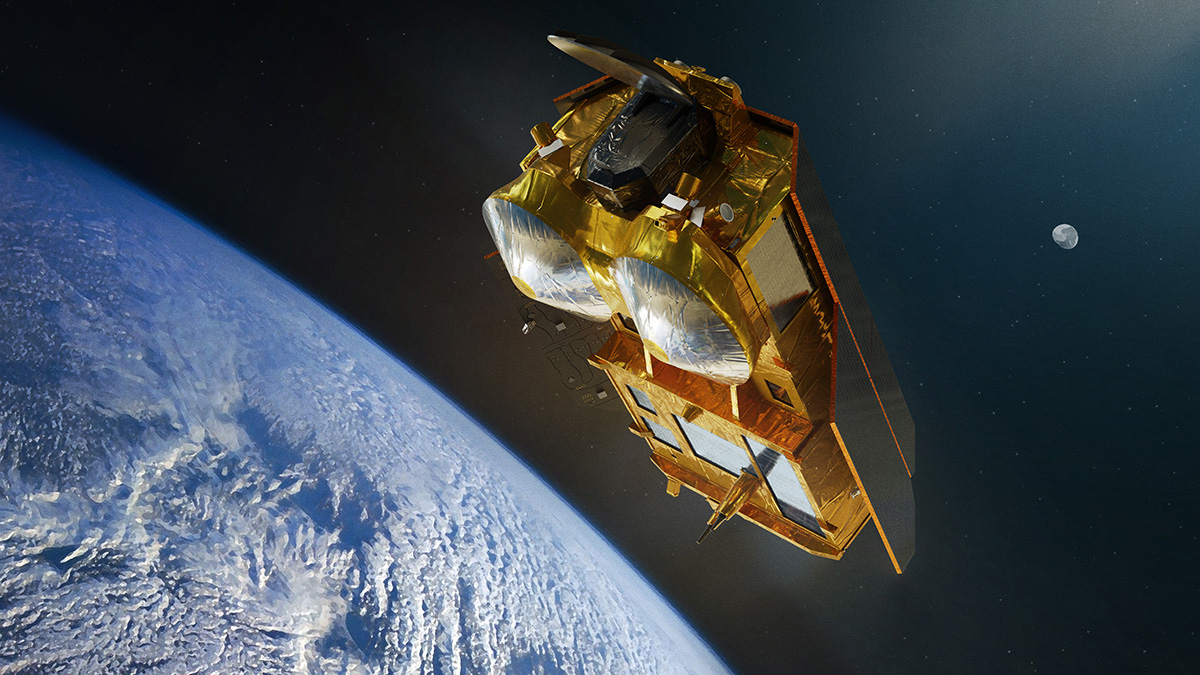First or multi-year ice in sight? New research expands on satellite measurements of ice

In the study, existing classification methods for ice were applied to satellite measurements whose measuring instrument works at a slightly higher frequency than the instruments that the methods were originally developed for.
An evaluation of whether the ice is first-year ice, or multi-year ice is needed when the thickness of the ice is measured from radar-altimeter satellites, including the SARAL, which has been used in research, or the upcoming CRISTAL. An incorrect evaluation of the type of ice can lead to an error in several tens of percent on the thickness of the ice.
The classification methods were noted to work just as well with a higher frequency and the classification of ice can also be done using the higher frequency of the upcoming CRISTAL satellite.
More information:
Senior Researcher Eero Rinne, eero.rinne@fmi.fi, 0504487681
